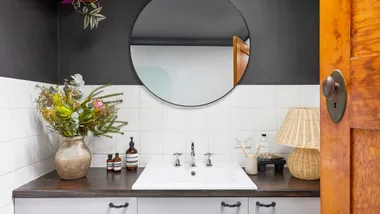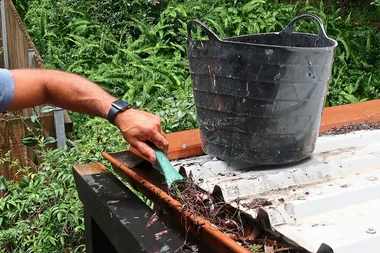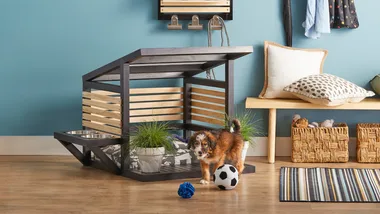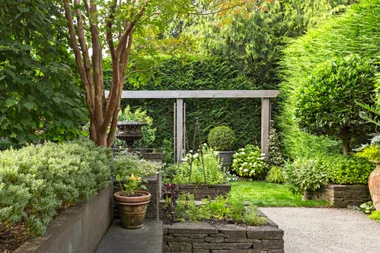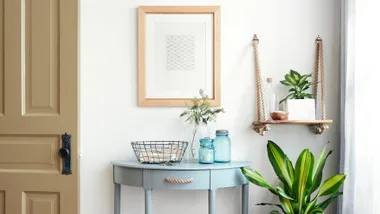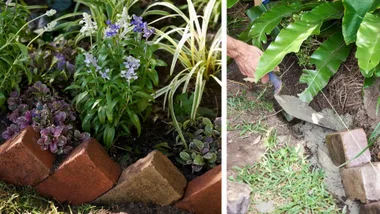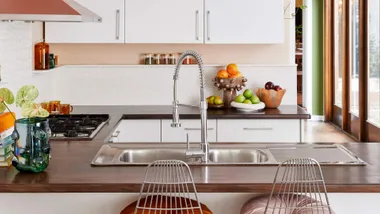Wet weather, poor insulation and lack of airflow are just a few reasons that many Australian homes end up with mould or damp problems. But before you rush out to buy a store-bought dehumidifier, you could try some simple DIY dehumidifier options first. Here’s what you need to know.
Will a DIY dehumidifier be effective?
The effectiveness of any dehumidifier is influenced by the size of the space, ventilation and the condition its already in (among other things). In most cases, a DIY dehumidifier will have some impact, but you may need to place several of them at strategic points in your home.
Another way to find out if your homemade dehumidifier is effective is to measure the moisture in the air with a hygrometer. This is a device that measures humidity in the air, and you can buy them at Bunnings and other hardware stores, or online through sites including eBay and Big W Marketplace. Some more fancy digital thermometers also measure humidity.
Just place the device in the room before adding your DIY dehumidifier, note the current humidity level, then check on the levels regularly. If the humidity levels go down and stay lower than before, it’s likely your dehumidifier is working.
6 DIY dehumidifier options for your home
1. Silica Gel
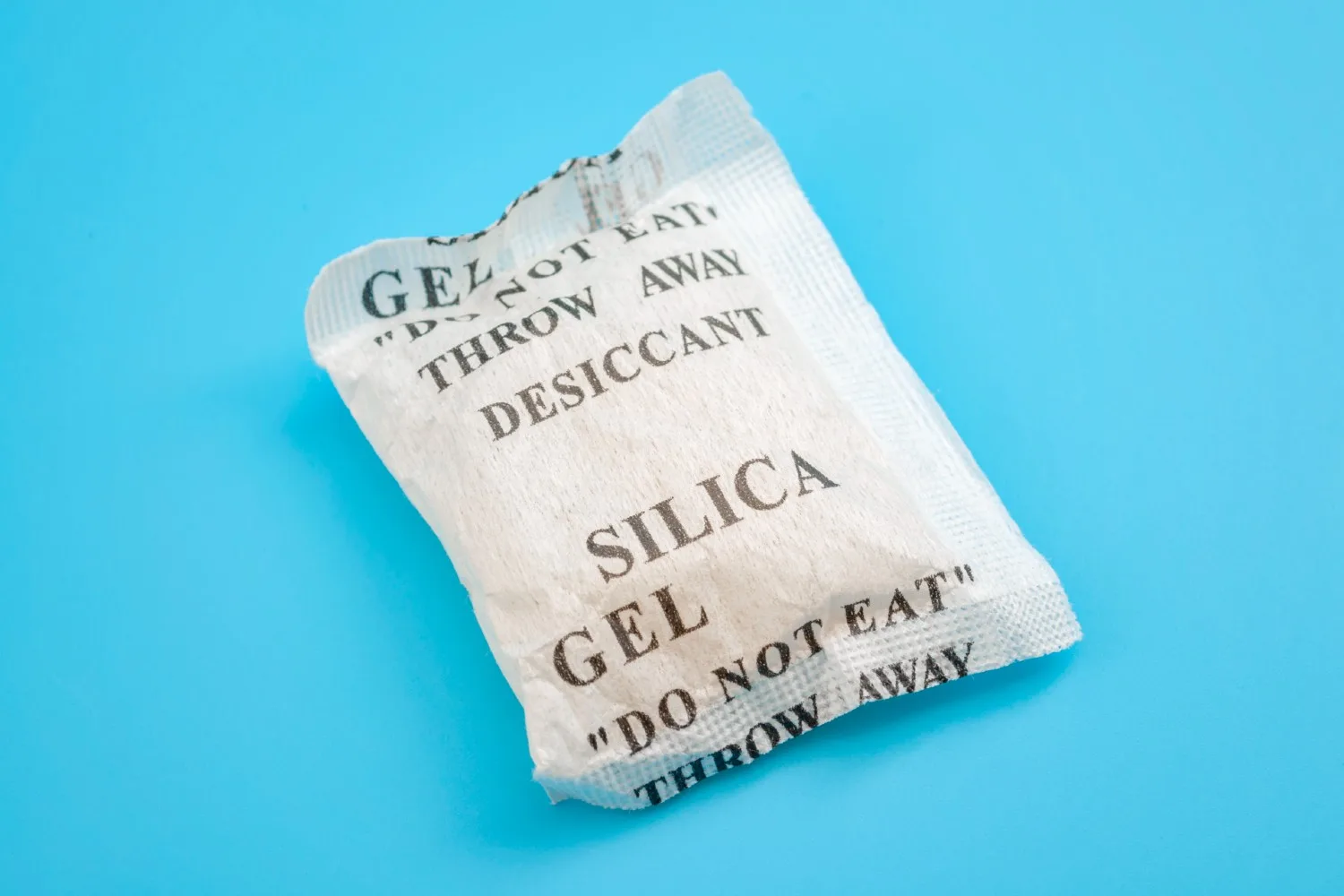
Don’t throw away those silica gel packets. Instead, use them to make your own dehumidifier. Grab a plastic container and poke some holes in the lid. Add the sachets and place the container where you need it. Just make sure it’s out of reach of any small hands and pets.
2. Rock salt dehumidifier
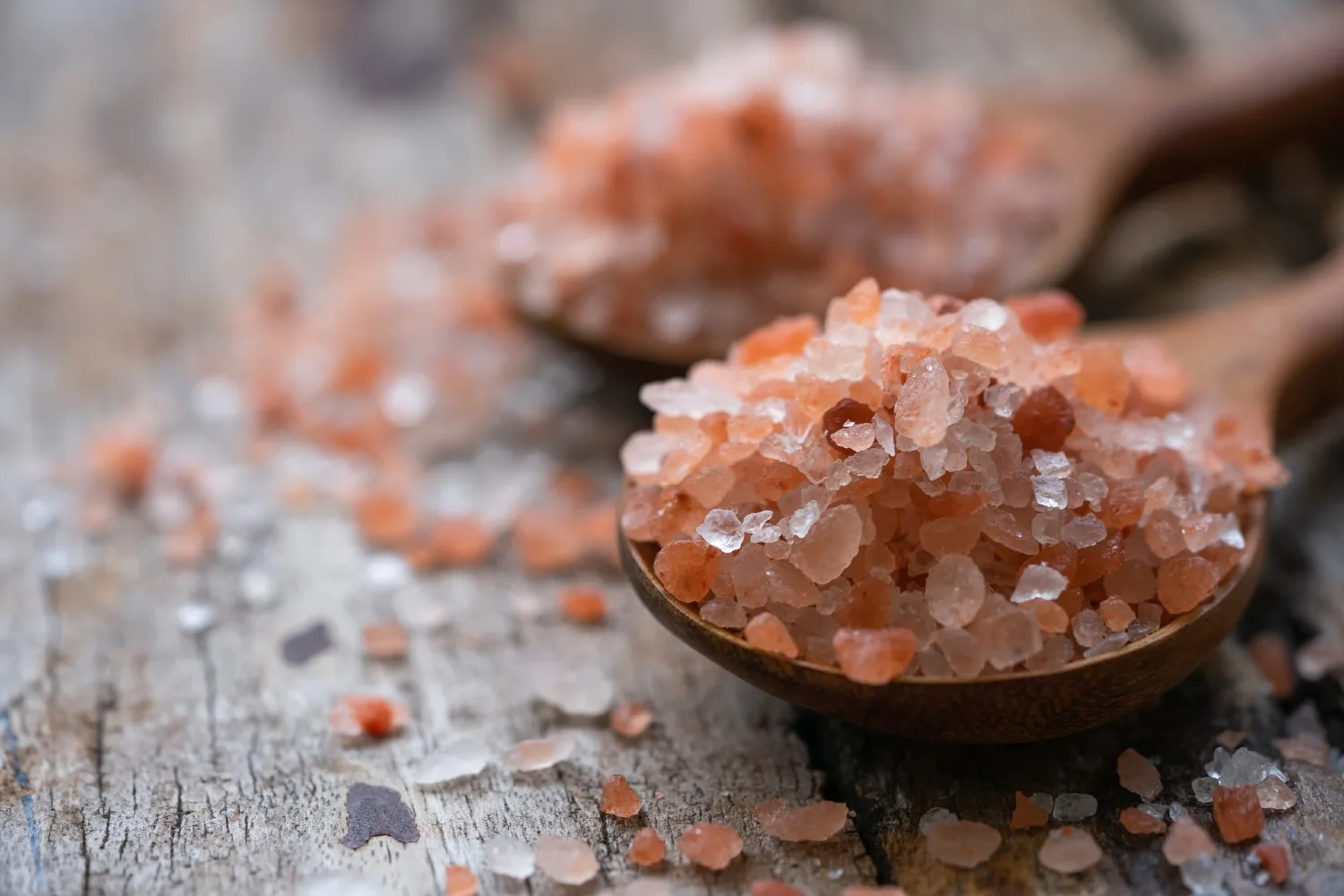
Rock salt is another great (and cheap) option for removing moisture from the air. To make a no frills rock salt dehumidifier, you’re going to need rock salt and two buckets or containers that can be stacked.
Make some holes in the top container and place it inside your second bucket. Next, fill the top bucket with salt and voila – you have a dehumidifier. The salt draws moisture from the room, which collects in the bottom bucket or container. So, make sure you empty it regularly to keep your homemade dehumidifier working.
3. Baking Soda

Baking soda is a pantry staple as well as a great all-rounder for household cleaning and projects, including creating a DIY dehumidifier. While it will only work in a small space, it’s a good option for wardrobes or cupboards. Simply place some baking soda into a small bowl and pop it in the area where you want to reduce moisture. The baking soda will harden as it absorbs moisture, so make sure you check and replace it as needed.
3. Charcoal

Another option for reducing humidity in smaller areas, charcoal works in a similar way to baking powder and salt. To make a dehumidifier with charcoal, grab a can and put some holes in the lid. Put your charcoal in the can and replace the lid. Place it the can wherever you think there’s extra moisture and let it work its magic. Replace every few months for best results.
4. Calcium chloride

Calcium chloride works very similarly to rock salt in the way that it draws moisture out of the air. If you’re wondering where you could get your hands on this chemical compound, it’s readily available at supermarkets and other stores thanks to popular brands like DampRid, Hippo and DampFree. You’ll find different options to suit a variety of spaces, including hanging bags, buckets and containers, or as a spreadable powder – the white crystals are calcium chloride. As the crystal absorb moisture, the crystals will harden.
5. Plants
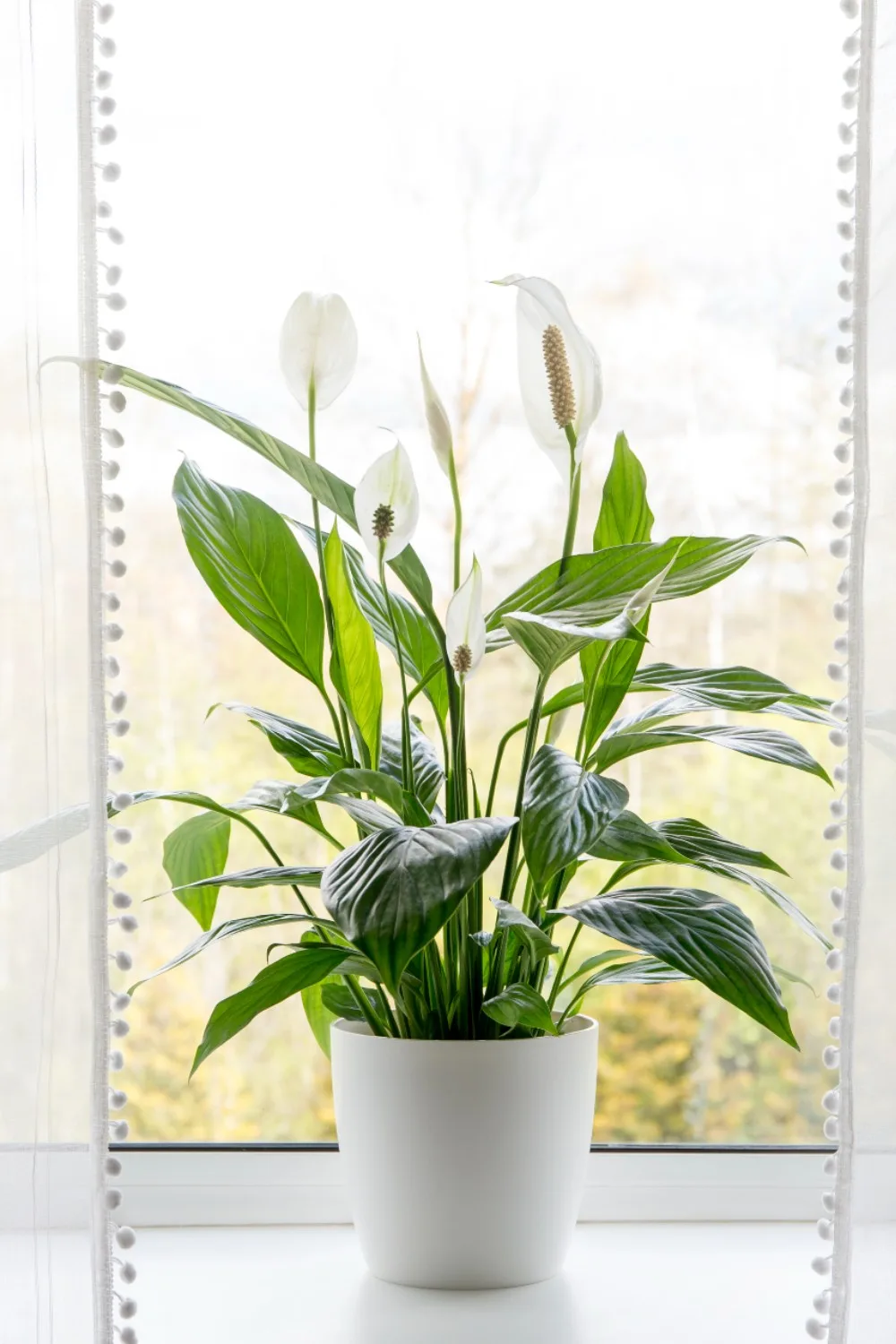
If you need an excuse to buy more plants, then this is it. While some houseplants can increase humidity, others absorb it. So if you select the right houseplant, you can reduce some of that extra moisture in your home. Some popular examples include peace lilies, spider plants and cacti or succulents such as aloe vera.
6. Your air conditioner
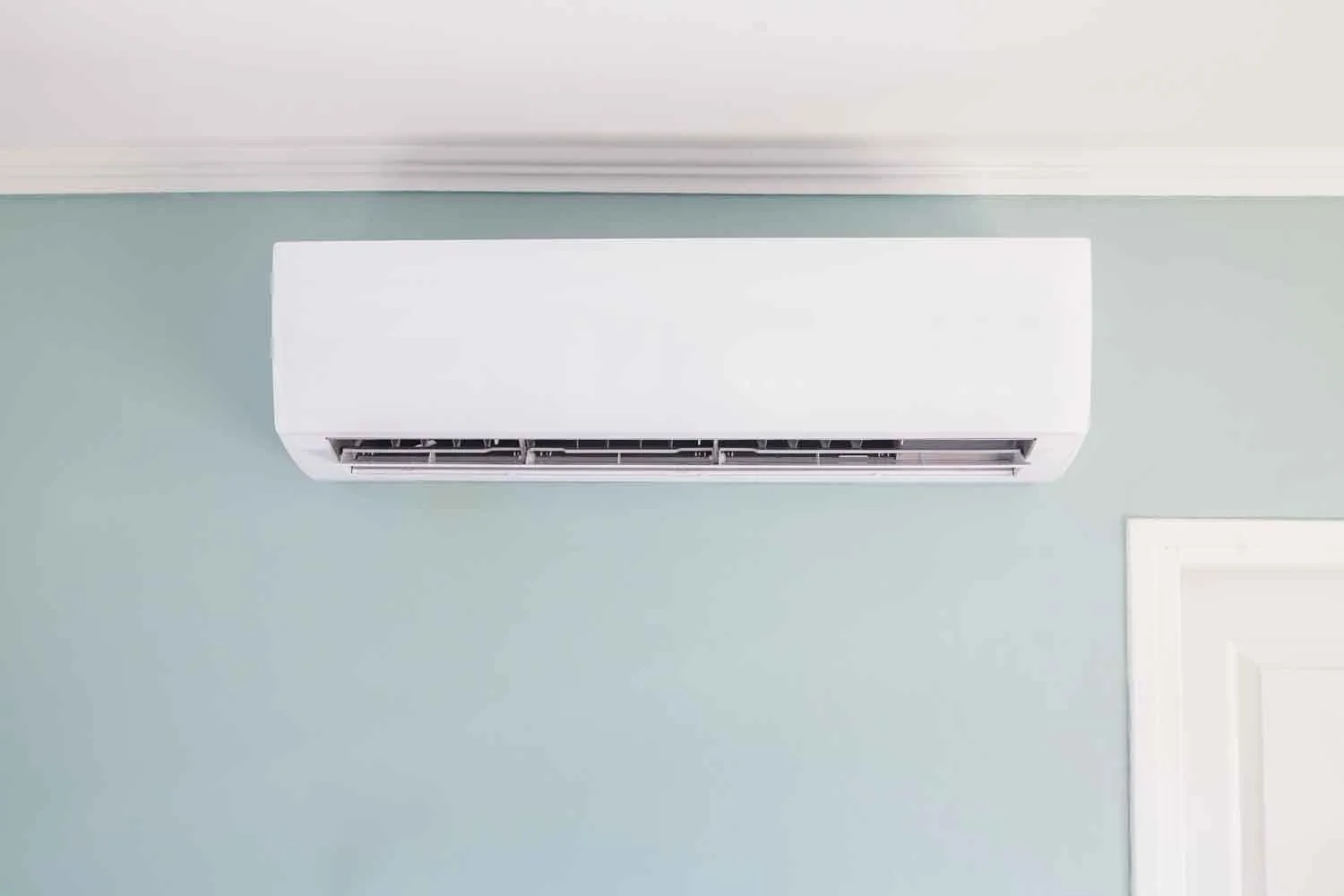
Technically this isn’t much of a DIY job but more of a household hack. If you have an air conditioner in your home, check its settings for a dehumidifying option. This is often indicated by a water drop icon. If you can’t find that, setting it to “cooling mode” can also remove some moisture, according to Mitsubishi Electric, but not as much as an actual dehumidifier.


